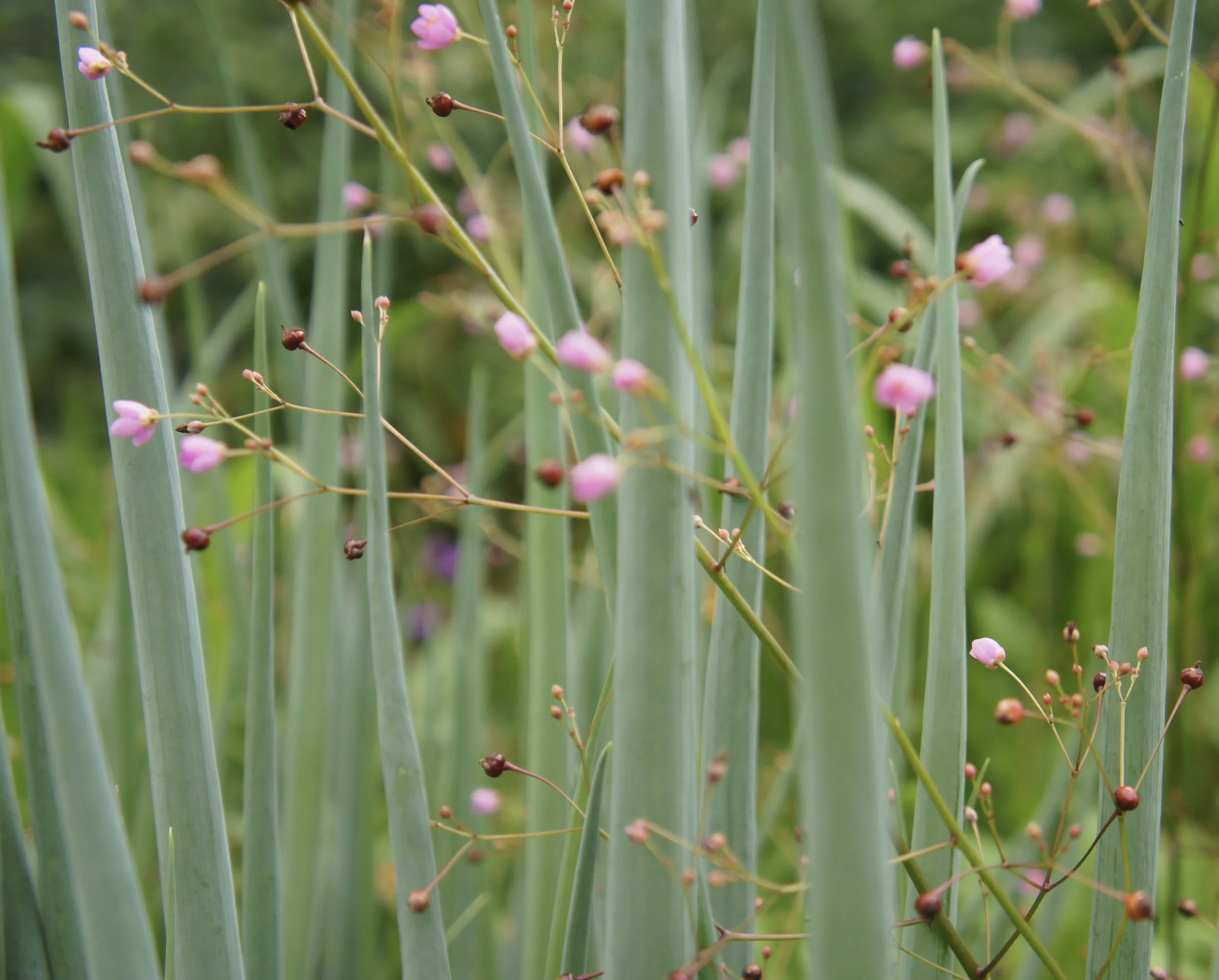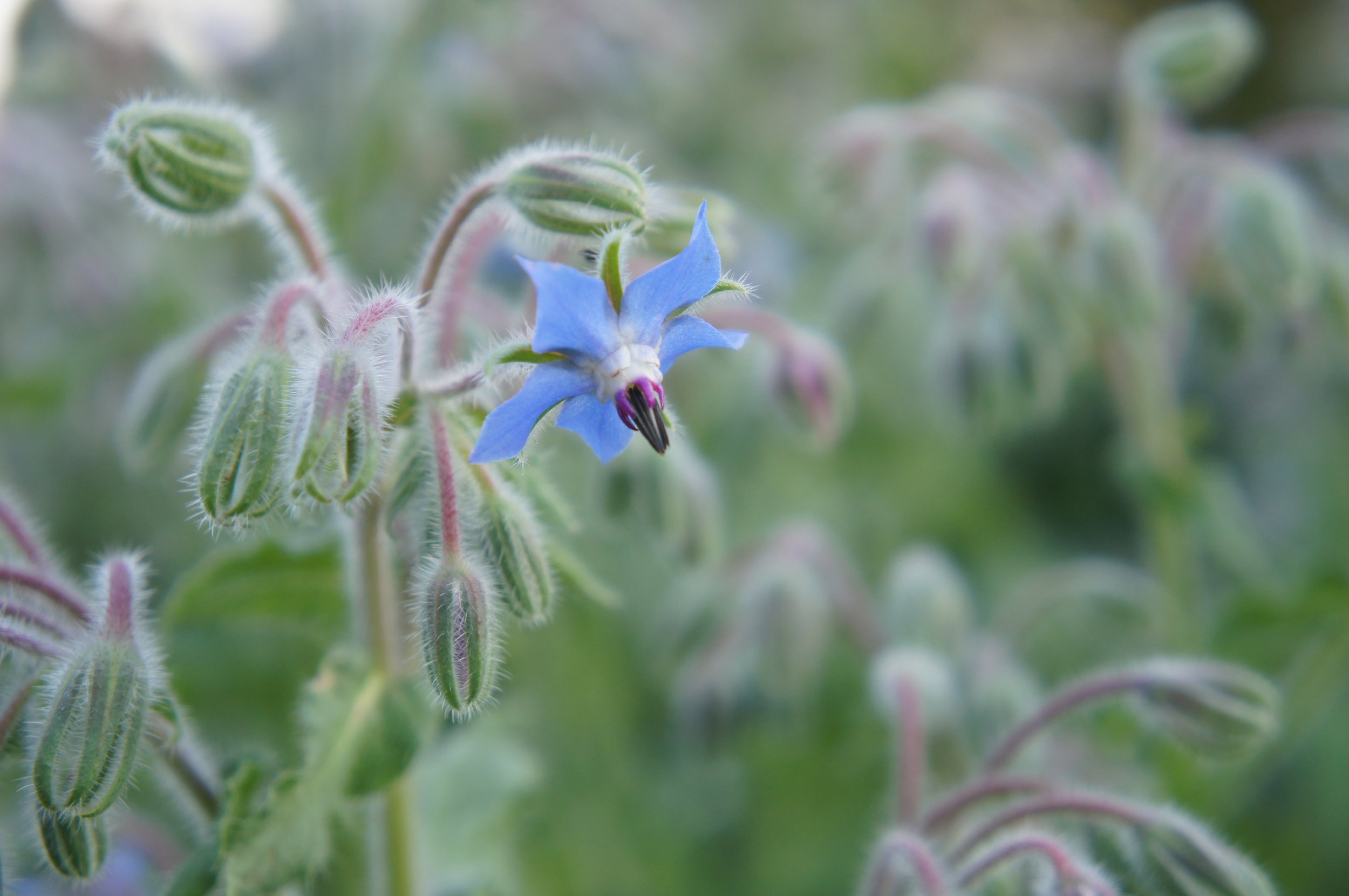Kitchen Garden Permaculture
There are myriad misconceptions and an almost unbearable pretense surrounding the idea and the ideal of “permaculture". It has become a religion for many, and one boasting many false prophets. I implore gardeners to ignore the noise and instead consider what is perhaps the most fundamental aspect of permaculture: to emulate nature. Nature is self-sustaining. And even a small kitchen garden can host a diverse assortment of plants that provide both food and medicine year after year with minimal human intervention.
In northern gardens, the value of the most common and banal perennial edibles cannot be overstated. Rhubarb, Asparagus and Strawberries are extraordinarily hardy and nutritious, and once established are almost impossible to corrupt. Throughout Europe and Siberia various species of Sorrel are similarly valued. Chives, too, are ubiquitous, and make a perfect companion and natural winter mulch for strawberries. Nearly every backyard can host at least a small patch of most or all of these.
Beyond the banal are those perennial species which were once beloved, but have now been cast aside in favor of modern high-maintenance vegetables. Lovage is an excellent example, as it was once grown extensively in gardens for both food and medicine, but has now been unfairly usurped by celery. Diminutive Salad Burnet is another ancient edible, one with charming cucumber-flavored fronds that often remain evergreen in winter. Perennial onions like Garlic Chives, Welsh Onions, Mouse Garlic and Nodding Onions are nutritious, relatively inconspicuous, readily propagate themselves once established, and like Chives they make nourishing and critter-repellent companions for other garden occupants, and their flowers attract beneficial insects.
Too often left out of the permacultural discussion are self-sowing annuals. These species need only be sown once, after which they will festoon your garden for years. They seem to thrive on neglect. In the case of Borage, the value is almost impossible to overstate. Plants are rich in nutrients and make fantastic natural mulch. The clear blue star-shaped edible flowers are cucumber-flavored and attract bees like you wouldn't believe. Whole young plants are tender and edible and can be cooked like spinach or chard. Borage tolerates bright shade and makes a great companion for Cucurbits and Legumes.
Calendula is an ancient medicinal that is more often grown as an ornamental in contemporary gardens. Indeed, our most favorite selection is the classic quilled Radio, though the resin-rich Erfurter Orangefarbige is a close second. Both self-sow very generously here in the Northeast, and in most years bloom all season. The flowers are attractive to beneficial insects and the petals are edible. Making medicine from the flowers is as easy as steeping whole freshly dried flowers in sunflower oil for a few weeks. This infusion is soothing both inside and out and can be used for healing ointments or salad dressings. Whole fresh flowers can also be tossed into sun teas and herbal vinegars. They can make lovely informal cut flowers, especially Golden Emperor, which has long stems and fully double yellow blossoms.
Among our favorite self-sowing salad plants is Jewels of Opar, or Talinum paniculatum. We offer seeds for the selection ‘Limon' because we are partial to beautiful glowing chartreuse leaves. The little rosettes are easily spied in spring, and provide wonderful contrast in an otherwise monochromatic landscape. Edible and delicious at all stages of growth, even in the heat of summer. The tiny pink flowers are magical and make charming bouquets. Bloom does not affect the quality of the leaves. What a miracle! And what a mystery it is that more gardeners do not grow this species. Plants self-sow generously in both the Northeast and Midwest.
Other self-sowing annual salad plants include Radichetta Lettuce and Cicoria Rossa Italiana. These vigorous rustic greens require little attention in comparison to their common cultivated cousins. The latter has the added benefit of being easily identified in a crowded landscape thanks to its stunning red stems. Strawberry Spinach is an obscure self-sowing annual edible that features swollen red calyxes that resemble berries. These pretty berries produce a virtually flavorless edible pink dye that will color a wide variety of foodstuffs and beverages including frosting!
Basil is not typically among the herbs that self-sow in northern gardens, but our favorite selection of Sacred Basil is an odd duck, popping up here and there and everywhere and perfuming the garden with its sweet spicy fragrance. We grow this basil primarily for tea, but the tender succulent leaves are also suitable for salad and summer rolls. Truly useful and unusual and highly recommended.









